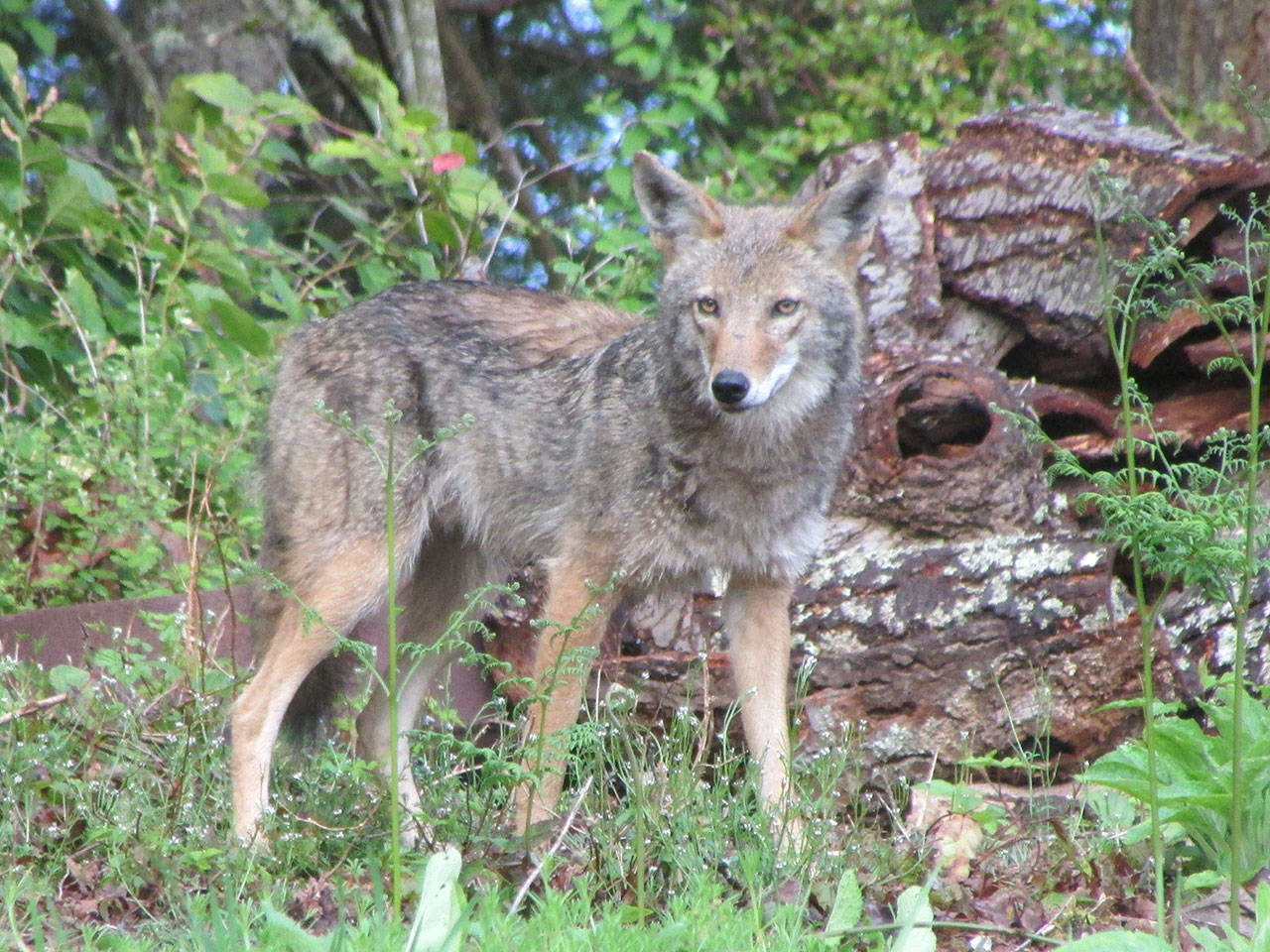With the increase of predators on the island, the Vashon Nature Center has released a guide intended to highlight sustainable practices livestock owners can draw from to keep their animals safe.
The guide, available online at the Vashon Nature Center website, is a 10-page document that provides a range of information, including what livestock species that cougars, bears, coyotes and domestic dogs typically prey on; an overview of a variety of practices to deter predatory attacks and examples of night enclosures. It also includes contact information that island groups and individuals with livestock or companion animals might turn to for assistance, as well as a list of further resources for livestock management and to better understand the behavior of large carnivores.
“What we wanted to do was make the publication relevant to people on the island and make it information people could use,” said Bianca Perla, the executive director of the Vashon Nature Center.
Readers of the guide will find some basic information, for example, that fencing provides a good line of defense from predators and that adding electricity is a valuable addition, but that in most cases it is not possible to fence out a cougar, as they can jump more than 15 feet high. Other options and practices offer tips that may be less well known, such as that livestock guardian animals are most effective when used with other methods of protection, and that while livestock guardian dogs can be extremely effective in deterring cougar attacks, other types of guardian animals may not be. Additional information includes suggestions regarding animal husbandry practices, such as changing birthing season so it does not coincide with spring, when most predations occur, and enclosing animals during the birthing season. Other tips include cutting back brush and keeping fields opens, adding motion sensor lights and sounds and that urine of potential predators can deter lesser predators.
Perla said she first had the idea to create such a guide a few years ago, when the number of coyote attacks on livestock was increasing on Vashon and Maury Islands. After that, the presence of the bear and cougar served as the catalyst to undertake the project. Perla credits Amy Holmes with putting the bones of the guide together. Holmes is an island farmer who previously worked with the King Conservation District and worked with farmers all over the county on predator issues.
Additionally, Perla said the guide includes information from the Washington Department of Fish and Wildlife and the Washington chapter of the Mountain Lion Foundation, reflecting what has worked for other livestock owners.
Vashon appears to have fewer types of larger predators than it did a few months ago. The cougar was killed in August, and Perla said while the center does get occasional bear reports, nothing has been firm and confirmable recently.
Regarding coyotes, she said the center is receiving fewer reports of predation than it did two years ago. She added that she does not know why — if people are more used to the coyotes and take predations more in stride or if the predations have decreased.
Perla believes between 30 to 40 coyotes live on the island. Currently, the center is conducting a scat DNA analysis with the University of Washington. The results are not back yet but will determine where the coyotes came from and how interrelated they are. Next summer, the center is slated to do another howling survey to try to better determine how many coyotes are here — and how that number compares with recent years.
In the meantime, Perla suggests that all islanders take time to read the guide, even if they do not own animals.
“I would recommend everyone read it,” she said. “It is really important to know what our neighbors are going through to protect their animals.”
To read the guide, see vashonnaturecenter.org. Click on the “Living with Wildlife” tab and scroll down to the active livestock management guide.



